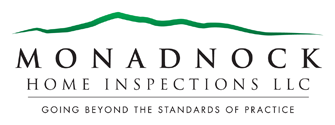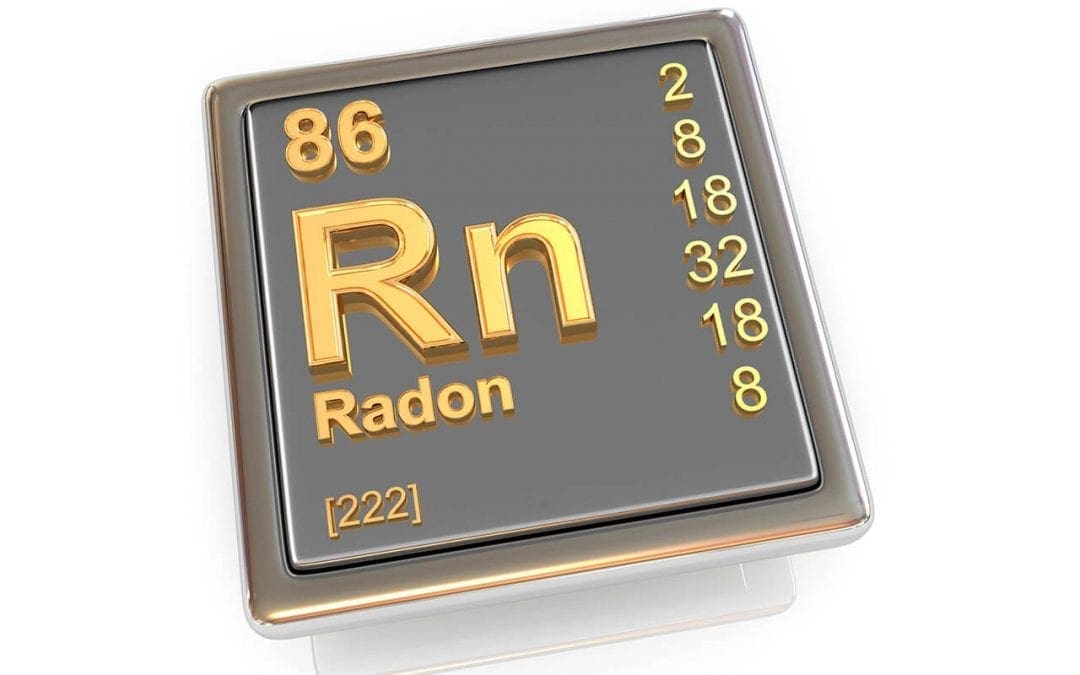Radon is a radioactive byproduct of the natural breakdown of uranium underground. It is invisible and cannot be detected through sight, smell, or taste. Radon in the home is dangerous as it increases your risk of lung cancer. In fact, this gas is a leading cause of lung cancer in the United States, second only to cigarette smoking.
Dangers of Radon
One out of fifteen homes in America is believed to have elevated levels of radon at 4 pCi/L or more. Radon seeps up through the ground and enters your home through cracks and holes in the foundation. It mixes with the air you and your family breathe. Long-term exposure has been known to cause lung cancer. According to the EPA, exposure to radon kills over twenty thousand U.S. residents each year.
Radon poisoning doesn’t show signs until a diagnosis of lung cancer, at which point symptoms vary and may include pneumonia, bronchitis, wheezing, and shortness of breath. If a smoker lives in a home with elevated levels of radon, their chances of developing lung cancer are even greater.
Why Test for Radon in the Home
Professional testing is the only way to determine the levels of radon and the risk to your family. The Environmental Protection Agency suggests radon testing for the first and second floors of all homes. Hire a professional to test your home and, if elevated levels are found, discuss your options for radon mitigation with a specialist.
There are no safe levels of this radioactive gas. If you’re buying a new home, you’ll want to make sure to order a test from your inspector with your home inspection. You’ll understand the true condition of the property and learn if radon gas is a problem.
Monadnock Home Inspections provides radon testing in southern New Hampshire. Contact us to make an appointment for our services.

